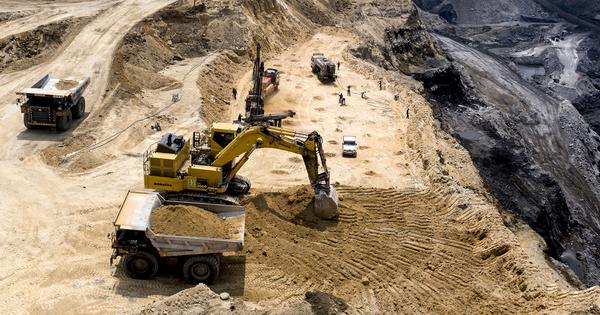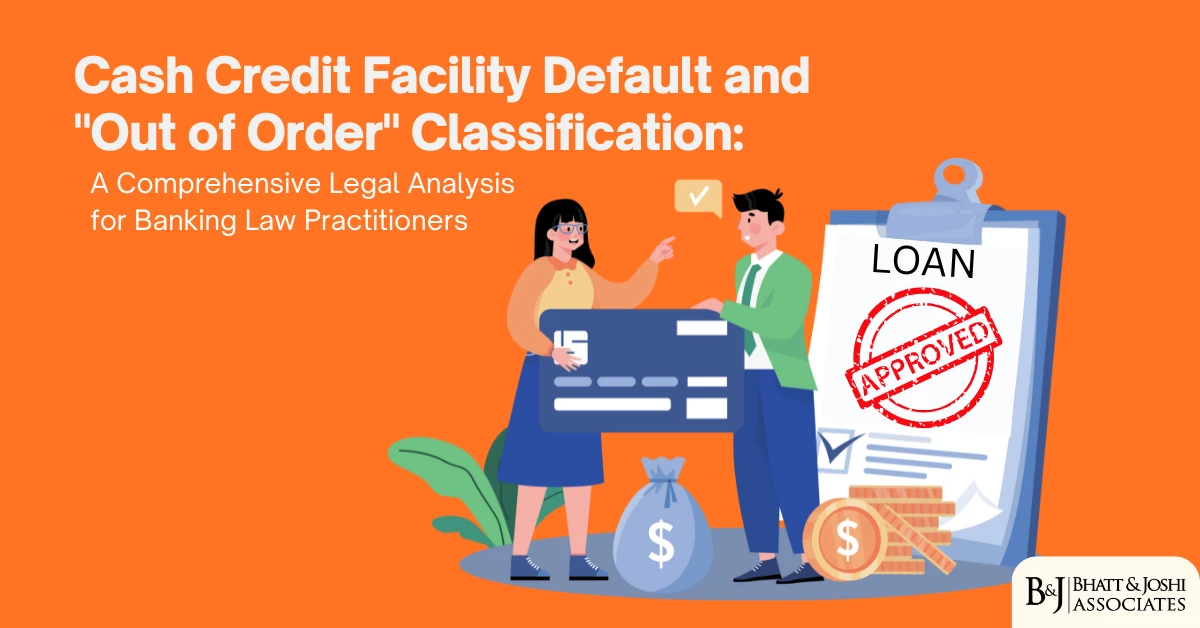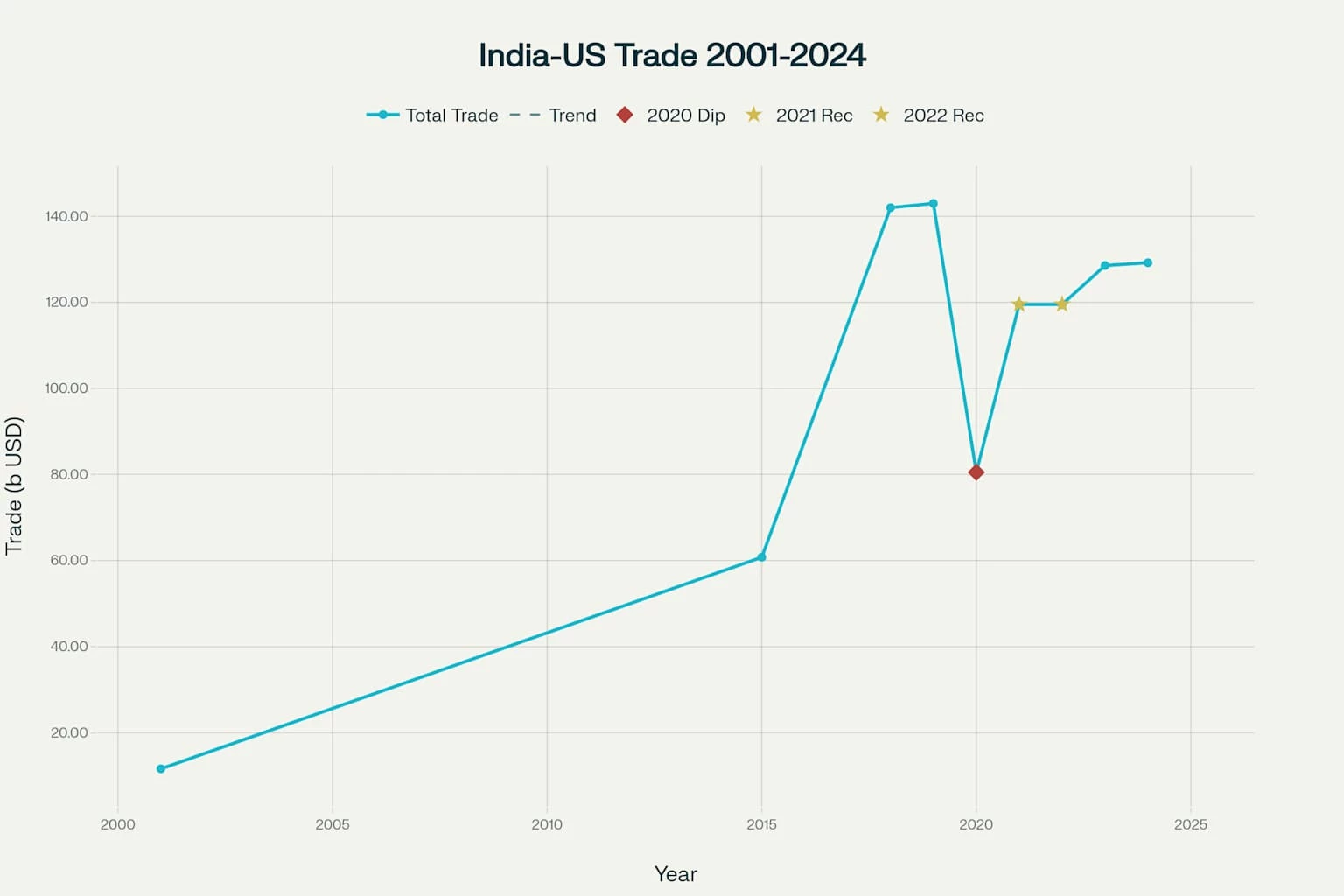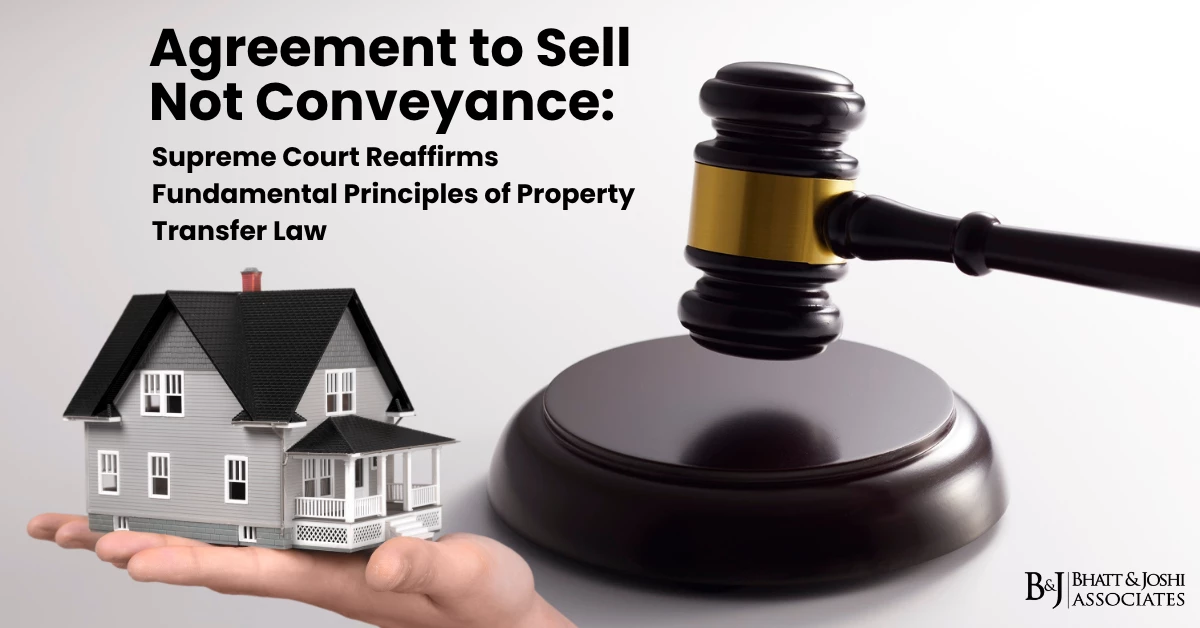A summary of the legal framework, guidelines and case law on the grant of environmental clearance for different categories of mining projects
Introduction
Mining operations constitute one of India’s most significant economic activities, contributing substantially to the nation’s industrial growth and infrastructure development. However, these activities also present considerable environmental and social challenges that necessitate careful regulatory oversight and scientific management. The Ministry of Environment, Forest and Climate Change (MoEF&CC) has established a robust legal framework through the Environmental Impact Assessment (EIA) Notification, 2006, which mandates environmental clearance (EC) for various categories of mining projects based on their potential environmental impact and required level of appraisal.
The environmental clearance process for mining projects represents a critical intersection between economic development and environmental protection, embodying the constitutional mandate under Article 21 of the Indian Constitution, which guarantees the right to life and includes the right to a clean and healthy environment [1]. This regulatory mechanism ensures that mining activities are conducted in an environmentally sound and sustainable manner while maintaining the delicate balance between developmental needs and ecological preservation.

Legislative Framework Governing Environmental Clearances
The Environment (Protection) Act, 1986
The Environment (Protection) Act, 1986 serves as the foundational legislation for environmental protection in India [2]. This comprehensive statute empowers the Central Government to take necessary measures for protecting and improving environmental quality while preventing, controlling, and abating environmental pollution. The Act was enacted following the Bhopal Gas Tragedy of 1984 and represents India’s commitment to the Stockholm Declaration of 1972 on Human Environment.
Section 3 of the Environment (Protection) Act, 1986 provides the Central Government with broad powers to take measures deemed necessary for environmental protection, including the establishment of authorities such as State Environment Impact Assessment Authorities (SEIAA) and District Environment Impact Assessment Authorities (DEIAA) for granting environmental clearances at different administrative levels [3]. The Act encompasses all forms of pollution including air, water, soil, and noise pollution, while establishing safe standards for various environmental pollutants.
The statutory framework under this Act prohibits the use of hazardous materials without prior permission from the Central Government and enables the creation of specialized authorities for environmental clearance processes. The Act’s provisions are particularly relevant for mining operations as they establish the legal foundation for environmental impact assessment and clearance procedures.
Environmental Impact Assessment Notification, 2006
The EIA Notification, 2006 represents a significant evolution in India’s environmental governance framework [4]. Issued under Section 3 of the Environment (Protection) Act, 1986, this notification establishes detailed procedures for obtaining environmental clearance for various categories of projects and activities. The notification categorizes projects into different classes based on their potential environmental impact and the level of appraisal required.
The notification establishes three primary categories: Category A projects, which have significant potential environmental impact and require prior environmental clearance from the Central Government; Category B1 projects, which require prior clearance from the State Environment Impact Assessment Authority based on Environmental Impact Assessment reports and public consultation; and Category B2 projects, which require prior clearance from the District Environment Impact Assessment Authority based on Form 1M and pre-feasibility reports without requiring full EIA reports and public consultation unless specifically mandated by MoEF&CC.
Categorization of Mining Projects
Category A Projects
Category A mining projects encompass large-scale operations with mining lease areas exceeding specific thresholds, typically involving major minerals with lease areas greater than 100 hectares for individual projects or clusters. These projects require comprehensive environmental impact assessment studies, mandatory public hearings, and clearance from the Central Government through the Ministry of Environment, Forest and Climate Change. The appraisal process involves detailed scrutiny by Expert Appraisal Committees comprising specialists from various environmental and technical disciplines.
The screening criteria for Category A projects include factors such as project size, location sensitivity, capacity, and potential environmental impact. Projects falling within ecologically sensitive areas, critical habitats, or areas with significant biodiversity value automatically qualify for Category A classification regardless of their size. These projects must undergo rigorous environmental impact assessment procedures, including baseline data collection, impact prediction, mitigation planning, and environmental management plan preparation.
Category B Projects
Category B projects are further subdivided into B1 and B2 categories based on their environmental impact potential and administrative requirements. Category B1 projects require environmental impact assessment reports and public consultation procedures conducted at the state level through State Environment Impact Assessment Authorities. These projects typically involve medium-scale mining operations with lease areas between 25 to 100 hectares for individual projects or clusters.
Category B2 projects represent smaller-scale mining operations, particularly those involving minor minerals such as sand, gravel, and building stones with lease areas typically less than 25 hectares. The Office Memorandum dated January 15, 2016, delegated powers for granting environmental clearances for B2 category projects to District Environment Impact Assessment Authorities, streamlining the approval process for smaller mining operations while maintaining environmental oversight [5].
Regulatory Authorities and Their Functions
Central Level Authorities
At the central level, the Ministry of Environment, Forest and Climate Change serves as the apex authority for environmental clearances, particularly for Category A projects. The Ministry operates through Expert Appraisal Committees (EACs) comprising technical experts from various disciplines including environmental science, mining engineering, hydrology, ecology, and social sciences. These committees conduct detailed technical appraisals of project proposals, site inspections, and stakeholder consultations before making recommendations for environmental clearance.
The Impact Assessment Agency (IAA) functions as the secretariat for Expert Appraisal Committees, facilitating the technical appraisal process and ensuring compliance with prescribed procedures. Regional offices of MoEF&CC are responsible for post-clearance monitoring and compliance verification for Category A projects, conducting periodic inspections and reviewing compliance reports submitted by project proponents.
State Level Authorities
State Environment Impact Assessment Authorities (SEIAA) constitute the primary regulatory bodies for Category B1 projects at the state level. These authorities operate under the chairmanship of senior administrative officers and include technical members with expertise in environmental assessment and mining operations. State Expert Appraisal Committees (SEAC) provide technical support to SEIAAs, conducting detailed project appraisals and site inspections.
SEIAAs are empowered to grant, reject, or impose conditions on environmental clearance applications for Category B1 projects. They also possess delegated powers to issue show cause notices, suspend, or withdraw environmental clearances in cases of non-compliance with stipulated conditions. The notification S.O. 637(E) dated February 28, 2014, specifically delegates these enforcement powers to state-level authorities for better regulatory oversight.
District Level Authorities
District Environment Impact Assessment Authorities (DEIAA) represent the grassroots level of environmental governance for Category B2 projects, particularly minor mineral mining operations. These authorities operate under the chairmanship of District Collectors or District Magistrates and include technical members from relevant departments such as geology, mining, forest, and pollution control.
District Expert Appraisal Committees (DEAC) provide technical assistance to DEIAAs in appraising B2 category projects. The composition and functions of DEACs are prescribed through various office memoranda and guidelines issued by MoEF&CC. These committees conduct site inspections, review project documents, and make recommendations based on environmental impact assessment and local ecological considerations.
Sand Mining: A Special Category
Sand mining represents a particularly complex category within India’s mining regulatory framework due to its widespread occurrence, significant environmental impact, and critical importance for construction and infrastructure development [6]. The demand for sand in India was estimated at approximately 700 million tonnes per annum as of 2017, highlighting the massive scale of this activity and its potential environmental consequences.
Regulatory Evolution for Sand Mining
The regulatory framework for sand mining has evolved significantly over the past decade in response to judicial interventions and environmental concerns. Initially, the EIA Notification, 2006 exempted sand mining projects with lease areas less than 5 hectares from environmental clearance requirements. However, subsequent amendments and judicial pronouncements have brought even small-scale sand mining operations under regulatory oversight.
The Office Memorandum dated January 15, 2016, marked a pivotal development by mandating environmental clearance for sand mining projects regardless of area size, particularly in cluster situations or when located within sensitive zones such as national parks, wildlife sanctuaries, critically polluted areas, eco-sensitive zones, and inter-state or international boundaries [7]. This regulatory change addressed the cumulative environmental impact of multiple small-scale operations and ensured comprehensive environmental oversight.
Sustainable Sand Management Guidelines, 2016
The Ministry of Environment, Forest and Climate Change issued Sustainable Sand Management Guidelines in 2016 to provide a comprehensive framework for scientific and sustainable sand mining operations [8]. These guidelines address various aspects including assessment of sand availability, demand-supply analysis, environmental impact assessment, environmental management planning, and monitoring mechanisms.
The guidelines emphasize the preparation of District Survey Reports (DSR) as a prerequisite for sand mining operations. These reports must identify areas of aggradation and deposition suitable for mining, areas of erosion where mining should be prohibited, calculation of annual replenishment rates, and measures for environmental protection and bank erosion control. The guidelines also mandate the establishment of benchmarks with respect to mean sea level below which no mining shall be permitted.
Enforcement and Monitoring Guidelines for Sand Mining, 2020
Following persistent issues with illegal sand mining and inadequate monitoring mechanisms, MoEF&CC issued comprehensive Enforcement and Monitoring Guidelines for Sand Mining in January 2020 [9]. These guidelines supplement the 2016 Sustainable Sand Management Guidelines and focus specifically on effective enforcement of regulatory provisions and monitoring of sand mining activities from source to end-use.
The 2020 guidelines emphasize the utilization of technological advancements including drone surveillance, GPS tracking, barcode and QR code systems, and IT-enabled monitoring platforms for effective oversight of sand mining operations. The guidelines mandate source-to-destination monitoring protocols, online sales and purchase systems, and dedicated task forces at district levels for enforcement activities.
Key provisions of the 2020 guidelines include mandatory river audits by state governments, detailed survey reports for all mining areas in the public domain, regular replenishment studies of riverbeds, constant monitoring through drones and aerial surveys, and establishment of no-mining zones to protect sensitive habitats including turtle nesting areas and freshwater ecosystems. The guidelines also specify that riverbed mining operations shall not exceed 60,000 metric tonnes per hectare per annum and shall be restricted to the central three-fourths width of rivers with appropriate safety margins from riverbanks.
Judicial Interventions and Case Law
National Green Tribunal Decisions
The National Green Tribunal has played a crucial role in shaping India’s environmental clearance framework for mining projects through various landmark judgments. In Goa Foundation vs Union of India & Others, the NGT suspended environmental clearances granted to 72 iron ore mining projects in Goa for violating EIA Notification, 2006 and the Forest (Conservation) Act, 1980 [10]. The Tribunal held that clearances were granted without considering cumulative environmental impacts and directed the constitution of an expert committee for comprehensive environmental impact assessment of Goa’s mining sector.
In Common Cause vs Union of India & Others, the NGT quashed environmental clearances granted to 34 coal mining projects in the Angul-Talcher region of Odisha for procedural violations including lack of public consultation, site inspection, cumulative impact assessment, and proper appraisal procedures [11]. This judgment emphasized the importance of following prescribed procedures and conducting comprehensive environmental assessments for mining projects in critically polluted areas.
The case of Rajesh Kumar & Others vs State of Gujarat & Others demonstrated the NGT’s commitment to ensuring compliance with environmental clearance procedures at the district level. The Tribunal quashed clearances granted by DEIAA for three mining projects in Banaskantha district for failing to constitute District Expert Appraisal Committees and conduct mandatory procedures including public consultation and site inspection [12].
Supreme Court Pronouncements
The Supreme Court of India has provided crucial judicial guidance on environmental clearance requirements through various landmark judgments. In the case of Deepak Kumar vs State of Haryana, the Supreme Court made prior environmental clearance mandatory for mining of minor minerals irrespective of the area of mining lease, leading to the issuance of S.O.141(E) dated January 15, 2016 [13].
The Court’s decision in Common Cause vs Union of India established important principles regarding illegal mining activities, stating that any mining operation conducted in violation of statutory requirements including the Environment Protection Act, Forest Conservation Act, Water and Air Pollution Control Acts constitutes illegal mining with extracted minerals being deemed illegally obtained [14].
District Survey Reports and Mining Planning
Importance of District Survey Reports
District Survey Reports constitute the foundation of sustainable sand mining operations and serve as crucial planning documents for identifying viable mining areas while ensuring environmental protection. The preparation of comprehensive DSRs is mandated under the Sustainable Sand Management Guidelines, 2016, and must precede the grant of any mining lease or Letter of Intent for sand mining operations.
The primary objectives of DSR preparation include identification of areas with aggradation and deposition suitable for mining, identification of erosion-prone areas where mining should be prohibited, calculation of annual replenishment rates, determination of scientific and systematic mining methods, identification of environmental and ecological protection measures, and establishment of benchmarks for sustainable mining operations.
The process involves detailed surveying of entire district areas to create inventories of riverbed materials and alternative sand sources including rivers, de-siltation locations, agricultural lands, and manufactured sand facilities. Revenue departments must conduct comprehensive river mapping and sand auditing exercises, following successful models implemented in states like Kerala where river profiles were created at regular intervals with aggradation and deposition zones clearly identified.
Mining Plan Requirements
Mining plans for sand and gravel operations must incorporate detailed original ground level recordings at intervals not exceeding 10 meters by 10 meters throughout the mining lease area. The plans must include three separate plates for each year covering pre-monsoon, monsoon, and post-monsoon periods, with monsoon period definitions established in respective District Survey Reports.
Specific considerations for sand and gravel mining plan approval include identification of river reaches experiencing deposition or aggradation, development of sediment rating curves for potential mining sites, extraction protocols limited to dry seasons across entire active channels, preference for abandoned stream channels and inactive floodplains over active channels, prohibition of sand extraction in erosion-prone areas including concave banks, and maintenance of minimum distances from bridges and highways as specified in the guidelines.
Mining depth restrictions limit excavation to maximum 3 meters with mandatory distance maintenance of one-fourth river width or minimum 7.5 meters from riverbanks. Buffer zones of 50 meters must be maintained after every 1000-meter mining block, and mining areas must be restricted to central three-fourths of river width with appropriate safety margins for bank protection.
Environmental Monitoring and Compliance
Post-Clearance Monitoring Framework
Environmental clearance holders bear primary responsibility for compliance with stipulated conditions and must submit six-monthly compliance reports through the Ministry’s online portal. Regional offices of MoEF&CC conduct monitoring for Category A projects while SEIAAs oversee Category B projects through prescribed procedures and schedules issued by the Ministry from time to time.
The monitoring framework encompasses various parameters including air and water quality, noise levels, soil characteristics, biodiversity impacts, and socio-economic factors. Project proponents must establish baseline monitoring systems before commencing operations and maintain continuous monitoring throughout the project lifecycle with regular reporting to regulatory authorities.
Environmental audit requirements mandate annual independent audits by NABET-accredited consultants with participation of three-member local community committees nominated by District Magistrates. These audits must assess compliance with environmental clearance conditions, effectiveness of environmental management plans, and environmental restoration measures with reports placed in the public domain for transparency and accountability.
Technology Integration for Monitoring
Modern monitoring approaches emphasize technology integration including drone surveillance, satellite imagery, GPS tracking systems, and IT-enabled monitoring platforms for real-time oversight of mining operations. The Mining Surveillance System developed by Indian Bureau of Mines in collaboration with Bhaskaracharya Institute for Space Applications and Geo-informatics provides technological solutions for effective monitoring of mining activities.
Transport permit systems incorporate security features including printing on Indian Bankers Association approved Magnetic Ink Character Recognition paper, unique barcodes and QR codes, fugitive ink backgrounds, invisible ink marks, void pantographs, and watermarks to prevent fraudulent transportation of mined materials. CCTV monitoring systems at mining sites enable real-time surveillance with footage available to district administration for verification and enforcement purposes.
Enforcement Mechanisms and Penalties
Regulatory Enforcement Framework
State governments possess statutory powers under Section 23C of the Mines and Minerals (Development and Regulation) Act, 1957, to make rules preventing illegal mining, transportation, and storage of minerals. However, persistent illegal mining incidents indicate the need for strengthened enforcement mechanisms and technological interventions for effective regulatory oversight.
Environmental damage assessment procedures require district-level committees with expertise from relevant fields and independent representation from local communities and State Pollution Control Boards. Guidelines for ecological damage assessment prescribed by state governments or pollution control boards determine compensation amounts to be paid by project proponents following National Green Tribunal orders and the polluter pays principle.
Multi-level enforcement approaches include simultaneous legal action under various statutes including land revenue codes, Indian Penal Code provisions, Motor Vehicle Act for license and permit cancellation, Income Tax Act for unaccounted income, and Goods and Services Tax Act for tax evasion. This comprehensive approach ensures deterrent effect against illegal mining activities while protecting legitimate operators following prescribed procedures.
District Level Task Forces
District Level Task Forces constitute primary enforcement mechanisms under the chairmanship of Deputy Commissioners, District Magistrates, or Collectors with participation from Superintendents of Police and senior functionaries from forest, transport, pollution control, irrigation, and mining departments. Independent members including retired government officials, teachers, ex-servicemen, or former judicial officers provide additional oversight and credibility to enforcement activities.
These task forces conduct regular meetings, preferably monthly, to reconcile mining activity information and observations, taking appropriate corrective and remedial actions including recommendations for mining lease or environmental clearance revocation. The task forces may constitute independent expert committees for environmental damage assessment and recommend recovery of environmental compensation from concerned miners.
International Best Practices and Recommendations
Global Standards Integration
India’s environmental clearance framework increasingly aligns with international best practices including adoption of precautionary principles, polluter pays mechanisms, and sustainable development goals. The integration of advanced technologies for monitoring and enforcement reflects global trends toward transparent and accountable environmental governance systems.
International cooperation mechanisms through bilateral agreements and multilateral environmental treaties provide frameworks for knowledge sharing and technology transfer for improved environmental management in mining operations. The adoption of ISO 14001 environmental management system standards and other international certification schemes enhances credibility and effectiveness of environmental clearance procedures.
Future Developments and Reforms
Ongoing reforms in India’s environmental clearance framework include digitization of application and monitoring processes, integration of artificial intelligence and machine learning for impact assessment, and development of risk-based regulatory approaches for different categories of mining projects. The emphasis on ease of doing business while maintaining environmental standards requires careful balance between regulatory efficiency and environmental protection.
Stakeholder engagement mechanisms including enhanced public participation procedures, community monitoring systems, and grievance redressal mechanisms strengthen democratic governance of environmental decision-making processes. The development of alternative materials including manufactured sand and recycled construction materials reduces pressure on natural sand resources while promoting circular economy principles.
Conclusion
India’s environmental clearance process for mining projects represents a sophisticated regulatory framework that balances developmental needs with environmental protection requirements. The evolution from basic administrative procedures to comprehensive scientific assessment mechanisms reflects the country’s commitment to sustainable development and environmental governance. The categorization of projects based on environmental impact potential ensures appropriate levels of scrutiny while maintaining administrative efficiency.
The special attention given to sand mining through dedicated guidelines and monitoring mechanisms addresses the unique challenges posed by this critical activity. The integration of modern technology including drone surveillance, GPS tracking, and IT-enabled monitoring systems enhances the effectiveness of regulatory oversight while promoting transparency and accountability in mining operations.
Judicial interventions by the National Green Tribunal and Supreme Court have significantly strengthened the environmental clearance framework for mining projects by emphasizing procedural compliance, cumulative impact assessment, and post-clearance monitoring requirements. These decisions have established important precedents for environmental jurisprudence and reinforced the constitutional mandate for environmental protection
The success of India’s environmental clearance framework depends on effective implementation by regulatory authorities at central, state, and district levels, supported by adequate technical expertise, financial resources, and political commitment. Continuous monitoring, adaptive management approaches, and stakeholder engagement remain essential for achieving the dual objectives of economic development and environmental sustainability in India’s mining sector.
References
[1] M.C. Mehta vs Kamal Nath, (1997) 1 SCC 388, Supreme Court of India
[2] Environment (Protection) Act, 1986, No. 29 of 1986, Parliament of India
[3] Ministry of Environment, Forest and Climate Change, Government of India, “EIA Notification 2006,” S.O. 1533(E), September 14, 2006
[4] Ministry of Environment, Forest and Climate Change, “Environmental Impact Assessment Notification,” Available at: https://environmentclearance.nic.in
[5] Ministry of Environment, Forest and Climate Change, Office Memorandum S.O.141(E), January 15, 2016
[6] Ministry of Environment, Forest and Climate Change, “Sustainable Sand Mining Management Guidelines,” September 2016
[7] Down to Earth, “EIA notification amended to bring small-scale mining under its ambit,” January 29, 2016, Available at: https://www.downtoearth.org.in/mining/eia-notification-amended-to-bring-small-scale-mining-under-its-ambit-52628
[8] Ministry of Environment, Forest and Climate Change, “Sustainable Sand Mining Management Guidelines 2016,” Available at: https://environmentclearance.nic.in/writereaddata/SandMiningManagementGuidelines2016.pdf
[9] Ministry of Environment, Forest and Climate Change, “Enforcement & Monitoring Guidelines for Sand Mining,” January 2020
[10] Goa Foundation vs Union of India & Others, NGT Judgment, July 18, 2013
[11] Common Cause vs Union of India & Others, NGT Order in Original Application No. 173/2018
[12] Rajesh Kumar & Others vs State of Gujarat & Others, NGT Judgment, February 14, 2014
[13] Deepak Kumar vs State of Haryana, Supreme Court Judgment dated February 27, 2012
[14] Common Cause vs Union of India, Supreme Court Judgment dated August 2, 2017













